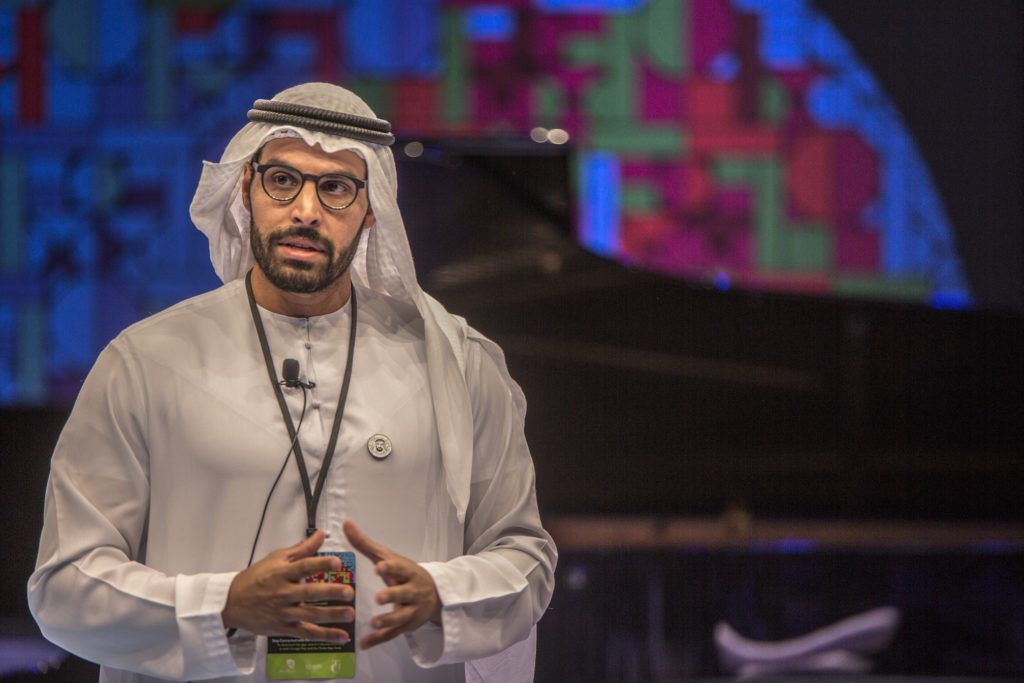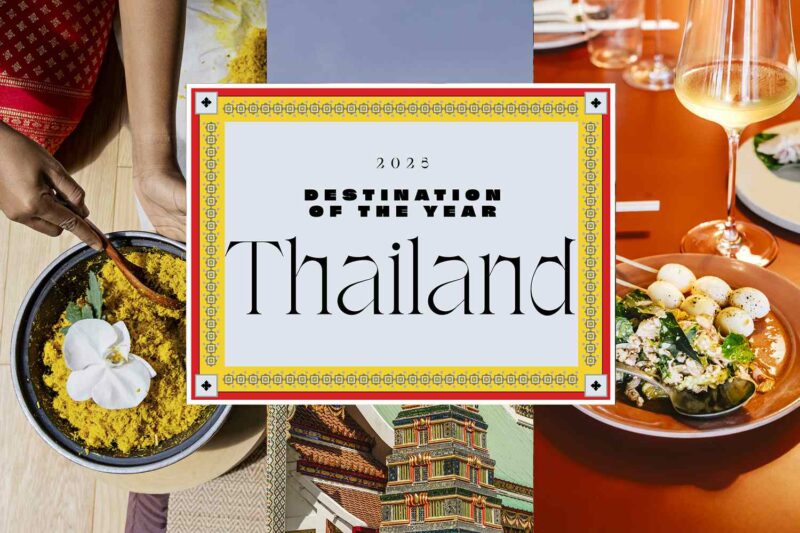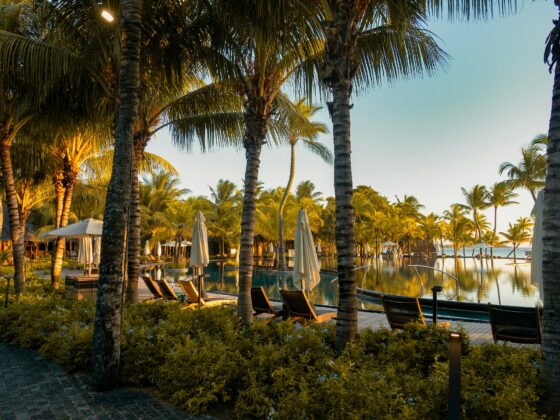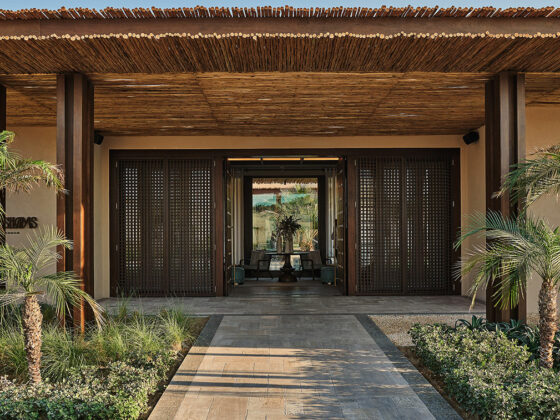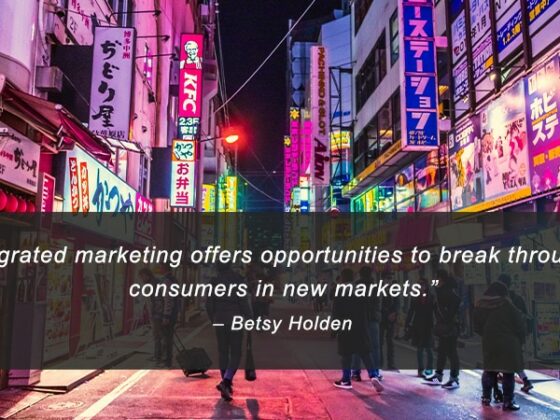The largest and wealthiest emirate in the UAE embarked on its tourism strategy later than Dubai, but it intends to make up ground by learning from its neighbour’s missteps and pursuing a deliberately differentiated approach. While officials are careful not to label the offer as exclusively upmarket, it is naturally more selective, anchored on two strong axes: culture and major signature events, whether sporting or entertainment-led.
Tourism is now a cornerstone of Abu Dhabi’s economic development, with the emirate long preparing for the post-oil era and using current resources to invest wisely.
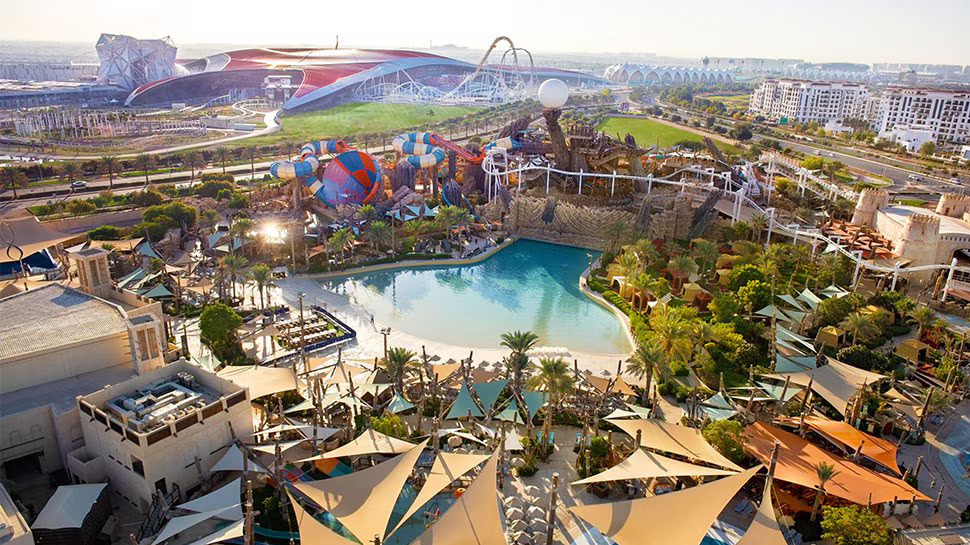
Two flagship projects symbolise the determination to attract more international visitors—not merely as a stopover en route to elsewhere. First, Yas Island, now home to the Formula 1 circuit, the region’s largest indoor arena, and multiple theme parks. The Walt Disney Company has announced a future multi-billion-dollar investment to develop a Disney park inspired by Middle Eastern culture.
Global touring acts have made Abu Dhabi a mandatory stop—Coldplay, Metallica, and many others.
The Cultural District, a major element for international attractiveness
The second project—already well advanced—is even more ambitious. Saadiyat Island will host five museums slated to rank among the most prestigious in the Middle East, if not the world, clustered within a Cultural District. The Louvre Abu Dhabi, an architectural landmark by Jean Nouvel, welcomed 1.5 million visitors in 2024. Around it, the Lab Phenomena by Japanese creators—with its immersive trail through interactive contemporary works—also attracts millions.
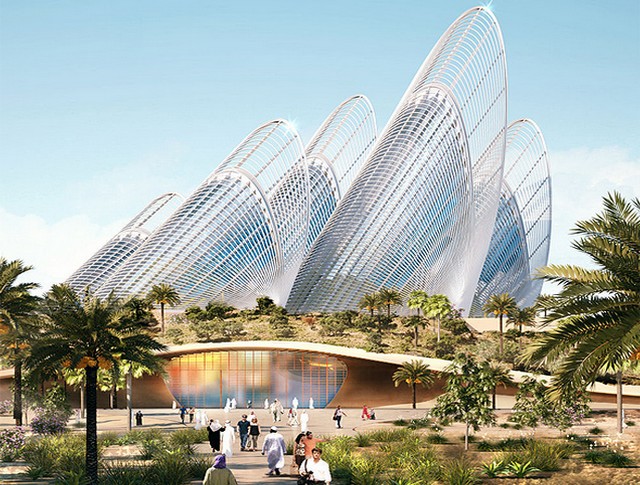
Four other major projects are already open or near to completion: the Natural History Museum, the Abrahamic Family House, the Sheikh Zayed National Museum, and a third Guggenheim Museum (following those in New York and Bilbao).
Abu Dhabi is counting on Saadiyat as a powerful draw for travellers keen to immerse themselves in the country’s culture, history and traditions. Regional and international hotel investors and operators are already mobilised to serve this demand.
A pipeline of 37,000 new rooms by 2030
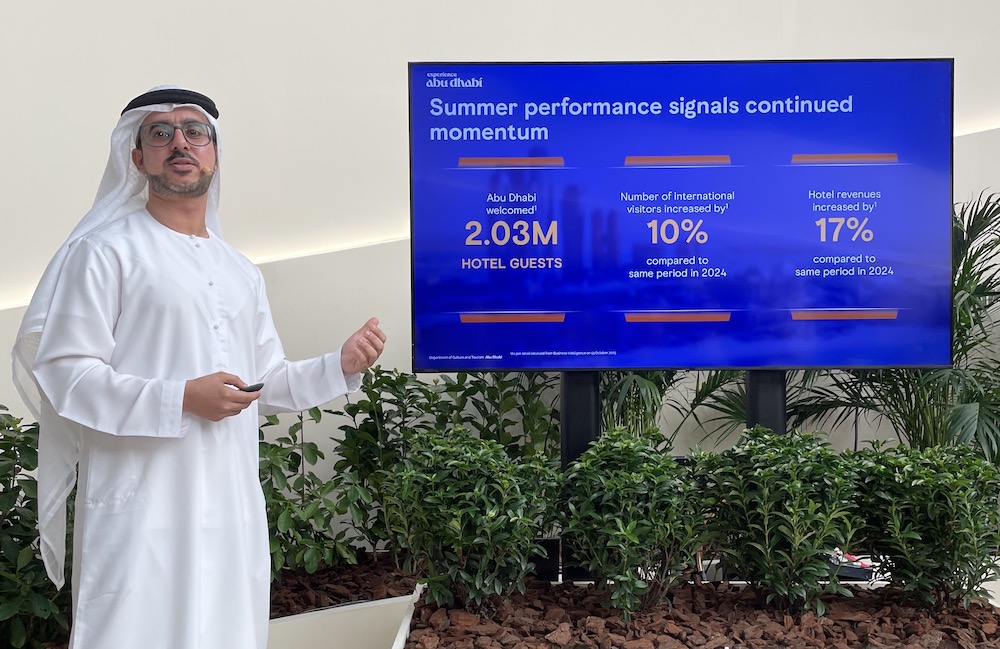
The emirate’s 35,500 operational rooms post an average occupancy of 79%, with peaks at 87% in the spring high season, and a RevPAR exceeding €125.
Tourism growth has been double-digit for several years, and DCT Abu Dhabi aims to cross the 40 million international visitors threshold by 2030, according to the plan set by Mohamed Khalifa Al Mubarak, DCT’s chairman. Not all will be overnight tourists—many will come from neighbouring emirates—but the stated ambition justifies the announced pipeline.
A differentiating strategy based on the luxury segment but also families
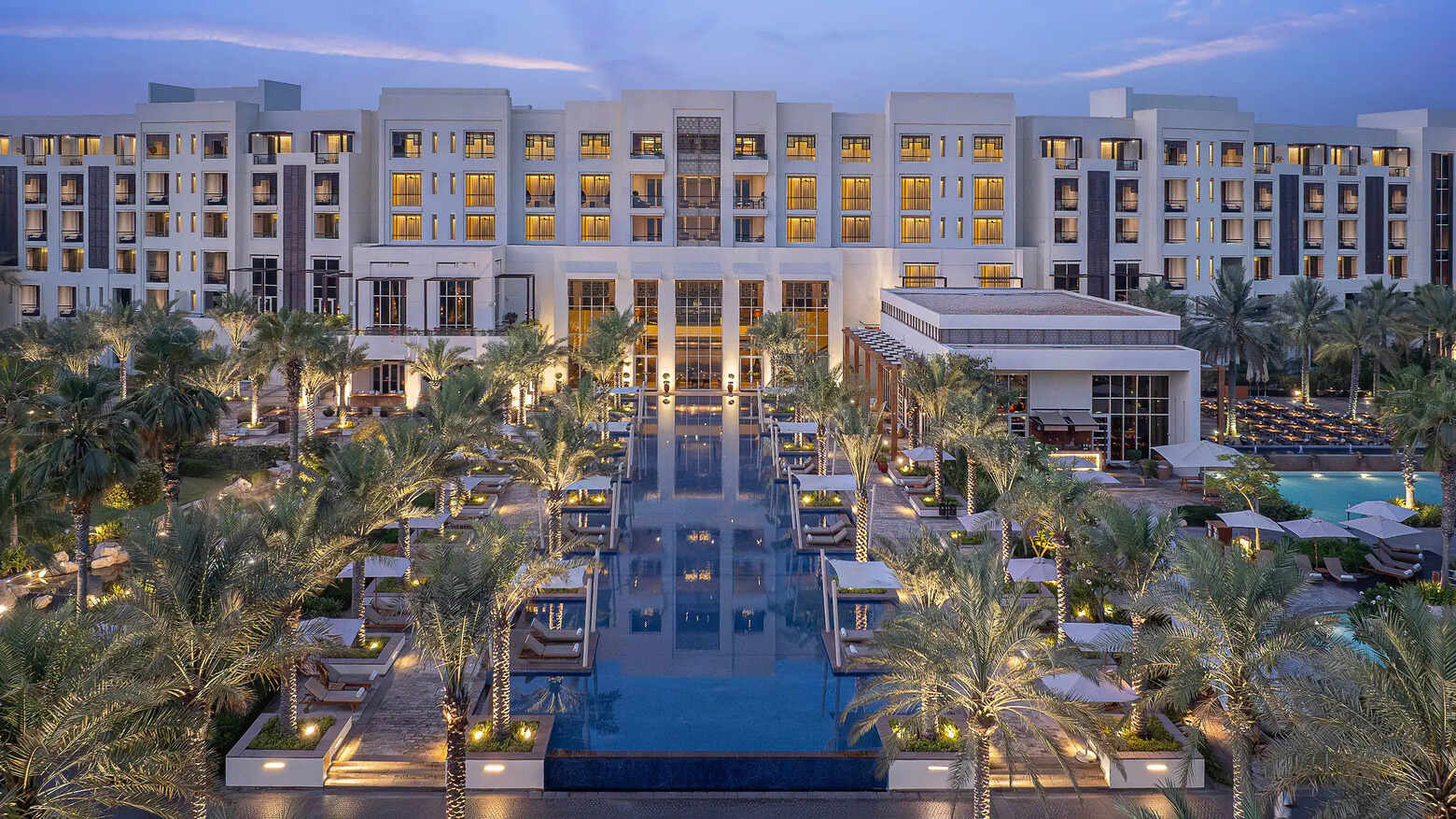
Regional competition to become the next headline destination is intensifying. Tourism is now firmly embedded in Middle Eastern growth strategies. Saudi Arabia is putting hundreds of billions of dollars on the table; Dubai, despite a softening in image, has not had its last word; and at the ultra-luxury end, Oman, Ras Al Khaimah, and Fujairah intend to carve out their share.
Even if they avoid appearing overly elitist, the “newcomers” are nonetheless banking on the luxury segment. Already, more than twenty Abu Dhabi hotels are five-star (or above), and new projects carry names such as Mandarin Oriental, Nobu, and Four Seasons, notably on Saadiyat Island—the new Middle Eastern Riviera with its sweeping white-sand beaches.
InterContinental is doubling down on Yas Island, converting six adjacent hotels into an integrated luxury resort.
Abu Dhabi has the means of its ambitions
Through its sovereign wealth fund and private-sector groups, Abu Dhabi has the means to execute its strategy and intends to differentiate itself from neighbours who got a head start. For the second year running, an European Travel Market was held in Al Ain, the oasis where today’s ruling Al Nahyan family was born. DCT has decided to target 45 source markets, with Europe supplying a large share—plus new Eastern markets—alongside traditional Western European feeders.
